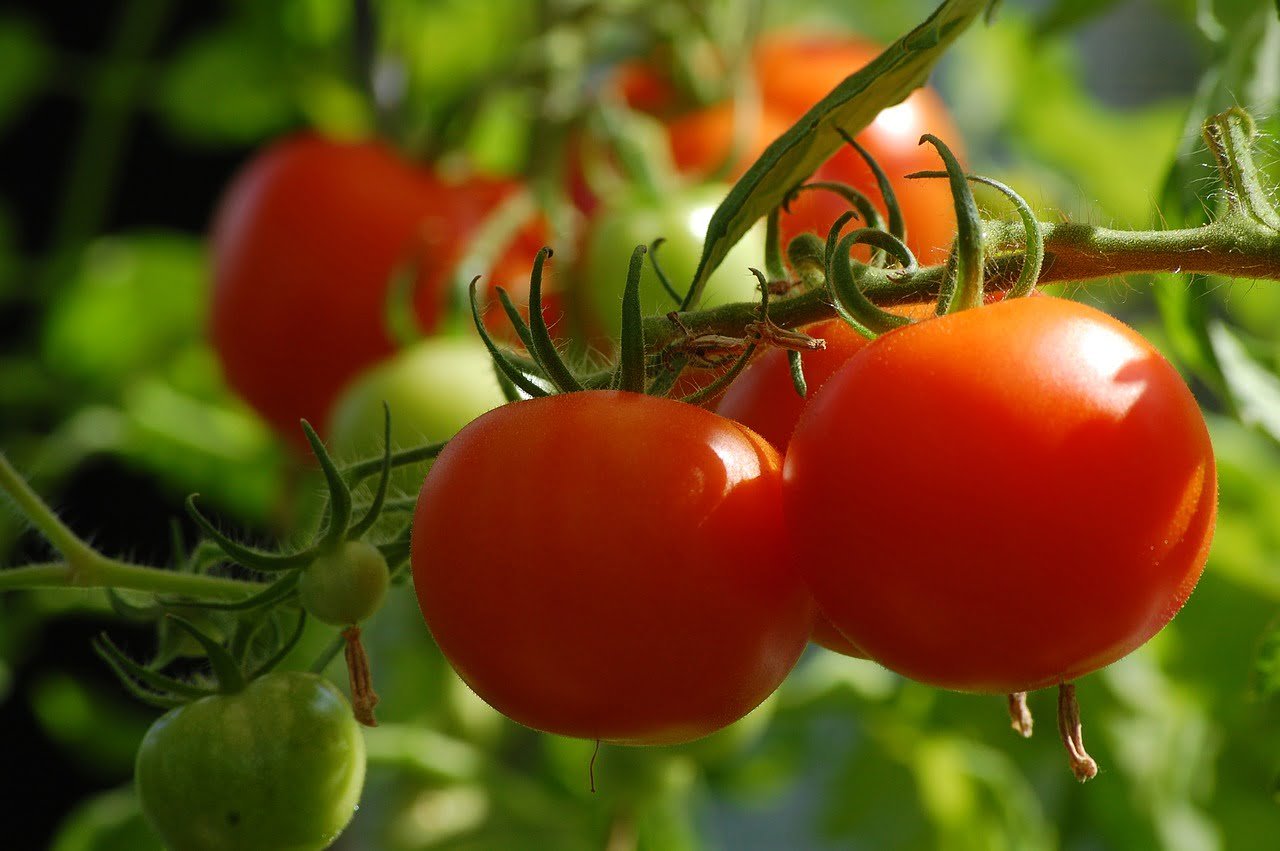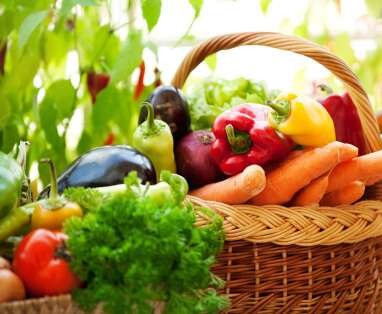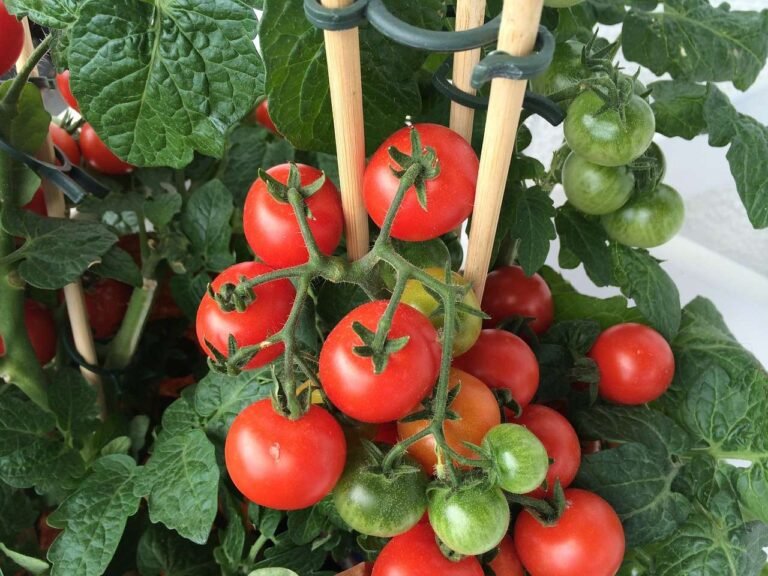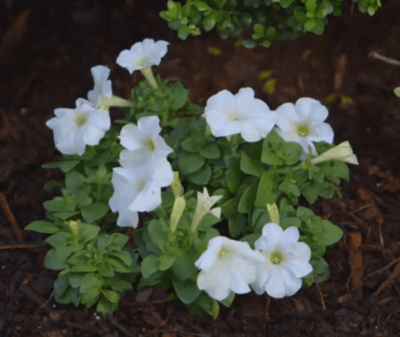Planting A Vegetable Garden

To have a successful vegetable garden the first priority is to prepare the soil, before planting a vegetable garden. A soil that is rich with organic material is the base for a good foundation, so you will achieve the best results. Choose an area that receives direct sunlight most of the day for healthy vegetables.
Here are some helpful vegetable planting tips for preparation, which ensures growing healthy successful fresh vegetable garden plants.
Preparing The Area Before Planting A Vegetable Garden
Begin by clearing out your garden area by removing any debris, such as rocks. Remove with a shovel and a garden rake the grass and weeds in the area you plan on planting a vegetable garden.
After removing grass and weeds, turn the soil over 6 inches by digging using a shovel. Use a garden rake to finish cleaning out beds and level the ground for proper grading. Some weeds can come back. Wait for 10-day’s before planting. Weeds that pop-up can be treated by spot weeding with a weed killer, or by pulling them out by hand.
Mix in the ground organic material so the plants will receive the proper nutrients needed to be healthy. Use Cow Manure, Compost, or Organic Peat. Do Not apply just compost alone for it can stunt the plants. If you are using compost, mix it with cow manure or organic peat (One Part Compost, One Part Cow Manure Or One Part Organic Peat).
I recommend to Mix 1-Part Cow Manure or Organic Peat to 2-Part Top Soil. These materials can be purchased at your local garden centers in bags. You can use a wheel barrel to mix the materials before putting it on the ground.
Churn your mix in the soil to a depth of 6 inches. This will give a rich soil with the proper nutrients for planting a vegetable garden.
Depending on the size of your garden will determine how much you need. Use at least 25 Pounds Per 100 Square Feet.
Apply Fertilizer for healthy growing plants. You can mix it in the soil with the organic material used. A fertilizer with the numbers 5-10-10 can be put down. Check the label on the bag’s or boxes and make sure it’s for “Vegetable Gardens”. Read the label to know how much to apply. Always follow directions on the label.
Tips For Planting A Vegetable Garden
Vegetables such as onions, lettuce, Cabbage, Cauliflower, Broccoli, Beets, and Spinach need to be planted in the fall because they love cooler weather.
After a chance of a frost or freeze has passed in the spring, plant Tomatoes, Beans, Peppers, Corn, Squash, Eggplant, and Cucumbers.
Different vegetables should be planted at different times of the year depending upon what season it is. You can contact your local county extension service for what vegetables to plant before planting a vegetable garden.
Also, garden centers will carry “Starter Plants” or have seed packets, during each planting season, that can be planted at that time of the year. By using “Starter Plants”, your garden will establish quicker.
Using Seeds For Planting A Vegetable Garden
Vegetable Seeds are usually sold in packets which should have a picture and information about the vegetable. Before you buy seeds, Always Check The Expiration Date to make sure they are New and not old ones left on the shelf collecting dust. Seed companies should replace them when each new season starts.
Conclusion
With the proper preparation prior to planting a vegetable garden and good quality plants, you should have healthy vegetables for everyone to enjoy. Use the information and tips given in this article as a guide to having a successful vegetable garden.
Keep On Growing!






